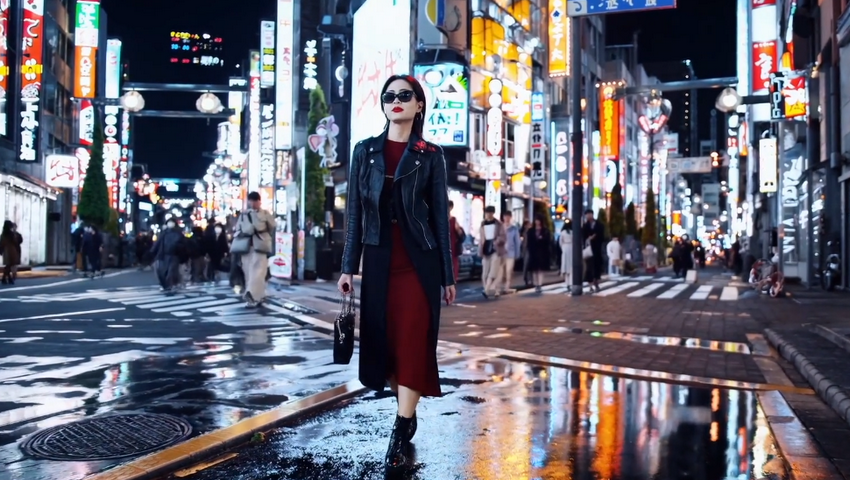
Recently OpenAI has introduced Sora, an innovative AI model poised to completely transform the realm of text-to-video generation. Sora represents a significant advancement in the field of artificial intelligence, offering unparalleled capabilities in creating realistic and imaginative scenes from textual instructions.
At its core, Sora embodies the fusion of cutting-edge technologies, blending language understanding with video generation to craft captivating visual compositions. Leveraging the principles of large-scale training, Sora operates as a text-conditional diffusion model, jointly trained on vast repositories of video and image data spanning variable durations, resolutions, and aspect ratios.
Driven by a transformer architecture, Sora processes visual data through spacetime patches, translating raw videos into compressed latent representations. This transformative approach empowers Sora to generate high-fidelity videos of up to a minute in duration, meticulously encapsulating varied visual elements with unparalleled precision.
One of Sora’s most remarkable features is its ability to comprehend and interpret text prompts, converting short user inputs into detailed captions that guide the video generation process. This functionality not only ensures faithful adherence to user instructions but also enhances the overall quality and fidelity of the generated content.
Sora transcends conventional limitations by accommodating various input modalities, including pre-existing images and videos. This versatility empowers users to explore an extensive array of editing tasks, from animating static images to extending videos forwards or backward in time.
The model’s adeptness at generating videos based on DALL·E images and seamlessly extending existing videos underscores its versatility and adaptability. Furthermore, Sora’s innate understanding of spatial and temporal dynamics enables it to simulate dynamic camera motion and maintain object consistency over extended durations.
Moreover, Sora’s prowess extends beyond mere video generation. Through its innovative training methodology and advanced techniques such as re-captioning from DALL·E 3 and leveraging GPT for text prompt processing, Sora emerges as a multifaceted tool for simulating the complexities of the physical world.
Delving deeper into Sora’s technical underpinnings reveals a meticulously crafted framework designed to optimize performance and scalability. Leveraging diffusion modeling, Sora generates videos by progressively refining noisy patches, culminating in the prediction of original “clean” patches. As a diffusion transformer, Sora leverages the remarkable scaling properties of transformers across various domains, including language modeling, computer vision, and image generation.
Furthermore, Sora’s capacity to handle variable durations, resolutions, and aspect ratios sets it apart from prior approaches, eliminating the need for resizing, cropping, or trimming videos to a standard size. This flexibility not only enhances sampling capabilities but also improves framing and composition, ensuring superior visual output across diverse platforms and devices.
Read more about technical details from the report.
As Sora makes its debut, it heralds the next step in development for AI-driven creativity and innovation. With its potential to transform industries ranging from entertainment and marketing to education and beyond, Sora stands as a testament to the boundless possibilities of artificial intelligence.












